Record video, audio, gameplay, and webcam to record precious moments easily.
The WebM vs MP4 Debate: Quality, File Size, and Compatibility
As the landscape of digital media is constantly growing, choosing the right video format for your content is crucial. Today, you’re focused on whether to select WebM or MP4. Know that each has advantages and drawbacks, so you need a detailed WebM vs. MP4 battle! Understanding their differences will impact your choice of format. So, without any more fuss, join here as this post explores the MP4 vs. WebM comparison. Discover which formats best suit your needs!
Guide List
Brief Definitions of WebM and MP4 Formats WebM VS. MP4: Which is Better for You Best Way to Convert between WebM and MP4Brief Definitions of WebM and MP4 Formats
With numerous formats available, two of the most used formats are WebM and MP4. Since the two have distinct, unique features, benefits, and ideal usage, it is necessary to understand their differences to make an informed decision. But before clarifying each factor for this WebM vs. MP4 debate, first, take a close look at what WebM and MP4 are.

What is WebM?
It is an open-source video format made by Google with the objective of giving a high-quality, efficient, and royalty-free option for web videos. It uses the VP8 or Vp9 video codecs and the Vorbis or Opu for audio codecs, delivering smooth streaming and playback, especially inside the HTML5 environment. Furthermore, the WebM format is favored for its robust performance in modern web browsers and its handout to minimize licensing costs for content creators and developers.
What is MP4?
MP4, on the other hand, is a universally adopted multimedia container format that handles a variety of data types, including video, audio, subtitles, and pictures. It is usually linked with the H.264 or H3265 video codecs and ACC for audio codecs; the format presents a well-rounded mixture of high-quality video and an efficient compression approach. With its comprehensive compatibility across devices, players, and platforms, it makes it a standout choice for both online and offline use.
WebM VS. MP4: Which is Better for You
It’s time for WebM vs. MP4! When deciding between WebM and MP4 for your video content, it’s essential to consider factors like file size, quality, compatibility, and intended usage. Thus, this section is here to provide a detailed analysis to help you determine which format best suits your situation.
WebM vs. MP4: Quality
The WebM format is well-known for its high-quality video compression, particularly when working with the VP9 codec. It often has good visual fidelity at lower bit rates, making it ideal for streaming high-definition content. However, the quality can vary subject to the specific codec and settings applied.
MP4 is particularly compatible with the H.264 codec, which delivers excellent video quality and is widely regarded as a standard for high-definition video. Another codec used in MP4 files is H.265, offering enhanced compression efficiency, leading to better quality at lower file sizes. Unlike WebM, MP4 is known for its professional-grade video thanks to its established performance in preserving high quality.
WebM vs. MP4: File Size
Regarding the file size, WebM can be smaller than MP4 due to its compression algorithms of the VP8 and VP9 codecs, resulting in reduced bandwidth usage for streaming and quicker processing times.
On the other hand, MP4 may be larger, mainly when utilizing high-quality settings with the H.264 or H.265 codecs. Though the H.265 codec offers better compression, your MP4 files can still be more extensive, affecting storage and bandwidth needs.
WebM vs. MP4: Supported Devices
The WebM format is well-supported by modern web browsers, e.g., Google Chrome, Firefox, and Opera, and is perfectly integrated with HTML5. However, its support on mobile devices and some older browsers is limited.
As mentioned earlier, the MP4 is a universal format that works on a vast array of devices, including smartphones, desktops, tablets, and smart TVs. It is also covered by nearly all major media players and streaming platforms, making it a superb choice for broad distribution.
WebM vs. MP4: Usages
WebM is ideally used in web-based applications. It is well-suited for HTML5 video embedding and situations where efficient streaming is necessary. The format is usually used in web apps, online video platforms, and embedding videos in present-day web environments.
MP4 is best for broad video distribution, including online streaming, personal media libraries, and professional video projects. Thanks to its extensive compatibility, sharing across different platforms and devices has made it easy, making it the best selection for content creators.
WebM vs. MP4: Which format suits your situation?
Go for the WebM format if you focus on web-based applications and HTMl5 embedding. Also, when you need a royalty-free format that uses efficient compression and targeting modern browsers and platforms, WebM is the perfect format for you!
Meanwhile, choose MP4 if you require broad compatibility across many devices and platforms. Furthermore, if you want to guarantee a high-quality video and easy sharing and playback, select MP4.
Best Way to Convert between WebM and MP4
Now, after the MP4 vs. WebM battle, whether you have WebM or MP4 video files, converting between them to aim for the compatibility and quality you want can only be achieved with the right tool! One of the most effective tools today is the 4Easysoft Total Video Converter. This versatile converter stands out as an excellent solution for handling your video format needs, including WebM and MP4. Together with its advanced features, intuitive controls, and quick conversion speed, it provides a way to manage and transform your video content to your desired format in just a minute. Even further, you can get your desired quality with its customization options, allowing you to tailor output settings to your needs.
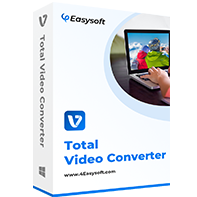
Beyond WebM and MP4, it supports a vast array of multimedia formats.
Batch conversion for converting multiple WebM/MP4 files simultaneously.
Ensure you meet the desired quality and size with its customization options.
Preserve high-definition resolution and clarity of your videos.
100% Secure
100% Secure
Step 1On the 4Easysoft Total Video Convert main interface, upload your file by sliding into the “Add Files” button or dragging and releasing your WebM/MP4 file into the window.
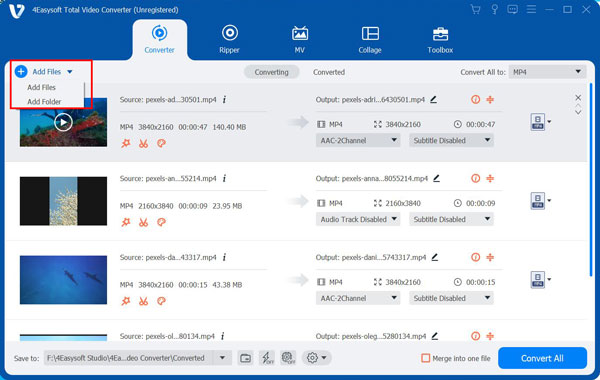
Step 2Navigate into the “Convert All to” menu to view the list of available formats. Go to the “Video” tab, and opt for “MP4” or “WebM” with your desired profile settings.
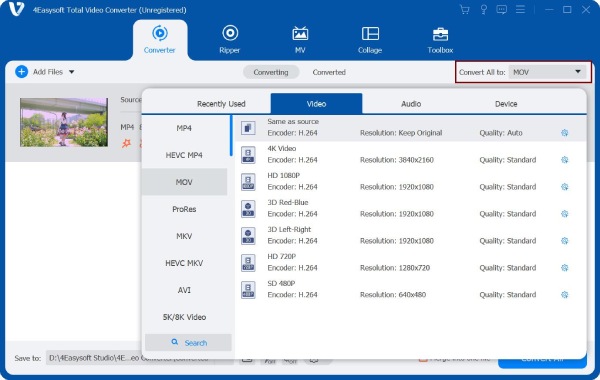
You can also change these settings by clicking the “Custom Profile” button where you can adjust resolution, quality, bitrate, and other parameters as needed.
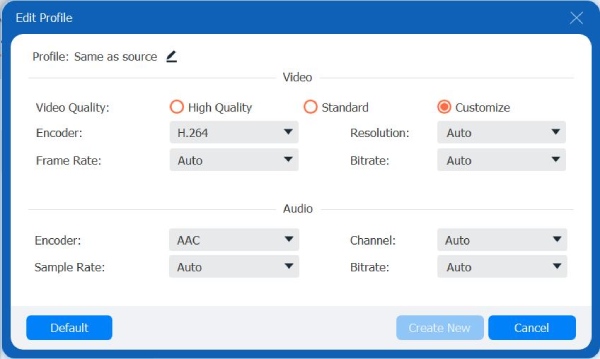
Step 3Return to the application's main screen and designate the destination path and filename for your converted file. Then, click the “Convert All” button to begin converting your WebM to MP4 or vice versa.
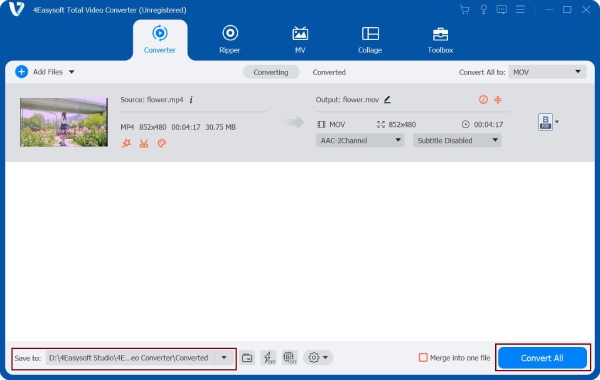
Conclusion
As you know, WebM and MP4 offer distinct advantages for creating, sharing, or streaming videos. And today, with this WebM vs. MP4 battle, you understand these differences that may help you choose the format that best aligns with your needs. WebM is perfect for web applications, while the latter is perfect for a vast array of devices and platforms. Thus, when the need arises to switch between these two formats, 4Easysoft Total Video Converter is the ideal solution. Besides simplifying the conversion process, it offers high-quality output, batch processing capabilities, and customizable settings that will get the best out of your video content!
100% Secure
100% Secure



